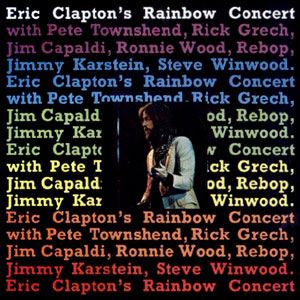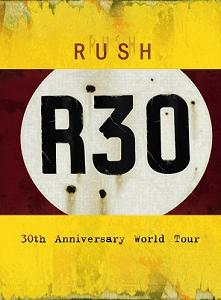
While he’d been mildly active, and certainly visible, Lou Reed wasn’t celebrated for any new innovations in the 21st century. Most of his musical adventures involved reviving earlier triumphs; his
last album of new material was just plain ugly. But despite finding true love with Laurie Anderson, he wasn’t about to turn softer or gentler, and was happy to explore the worst aspects of the human condition via yet another pile of songs designed to accompany yet another obscure German play being directed by Robert Wilson. (The original playwright also wrote the text that would become the modern musical
Spring Awakening.) Since the source material concerned a seductress turned prostitute, it naturally behooved Lou to go out of his way to load up the libretto with scatological references and violent sexual imagery. Adding to the carnage was his decision to record the songs with Metallica, who hadn’t exactly been relevant for a couple of decades themselves.
On paper, the idea of Lou Reed backed by Metallica sounds like a really terrible idea, and the audio evidence doesn’t contradict. It wasn’t enough to just knock out a few songs—Lulu is a double album, running nearly 90 minutes. Don’t be fooled: this is not art. It’s not even decent noise.
“Brandenburg Gate” starts okay, with a few strums of an acoustic and Lou singing on pitch, but then three power chords crash in and James Hetfield starts yelling “small town girl” at the end of each phrase and Lou’s grasp on melody goes out the window. This is the shortest track on the album. “The View” would be a hilarious theme song for the talk show of the same name, as it’s built on doom-soaked chords for Lou to rant over. Hetfield offers a chorus of sorts as small respite, and there’s a decent solo, so perhaps the band could rework it on their own. What sounds like a viola opens “Pumping Blood”, soon melded and overtaken by feedback and another crunching riff that deserves better than Lou yelling the title over it. This gives way to a moodier section while Lou talks about, you guessed it, pumping blood, then a completely different riff takes over, then another. The same feedback leads to the speed metal of “Mistress Dread”, providing at least a consistent tempo for headbanging. “Iced Honey” repeats the same two chords, and is shorter than it seems; the dueling vocals when they start do not favor either singer. “Cheat On Me” opens with three minutes of a near-ambient drone that will turn to feedback when Lou cuts in, and a drum pattern right out of the Moe Tucker playbook starts up. But Lars Ulrich can’t play that simple that long, so around the time Lou and James start yelling at each other he’s hitting more and more drums and adding cymbals. This continues for another six minutes.
“Frustration”—too easy a target for a song title—begins with a minute or so of metallic scraping and stabs at an organ, like something used as percussion on a Tom Waits album, then the most basic metal riff of all time provides another bed for Lou to rant over. Everything comes to a halt, and then he decides to sing a melody over the tuneless scraping. The most listenable track isn’t exactly a relief, as “Little Dog” sports minor-key acoustic strumming in one channel and electric feedback in the other and also in the center, the lyrics lamenting the existence of the subject. (Lou loved dogs, and he and Laurie had lost Lolabelle to pancreatic cancer just a few years before.) “Dragon” goes back to the established template of ambient noise eventually taken over by riffing that, again, deserves a better lyric and vocal than the eleven minutes of ranting here. “Junior Dad” finally combines a melody with a sentimental backing, with a drone not unlike a John Cale viola, but more like what’s used on an Eno album. It also runs over nineteen minutes, the last nine of which consist solely of that drone.
It’s mostly too bad that there are some decent metal riffs throughout Lulu, doomed to exist only for Lou to yell over. His voice is ragged but not in a method acting way. He doesn’t sound scary; he just sounds weak. The few times Hetfield gets to let loose with his yowl just jar with Lou’s bleating, to the point where they don’t even sound like they’re on the same album. (Frankly, we’d love to know how many times during the sessions Lou glared at Lars or ordered him to just shut up already.)
David Bowie allegedly loved this album. And there is music on Lulu, really. It’s just not worth waiting for. It would also be the last new music Lou Reed would release in his lifetime.
Lou Reed & Metallica Lulu (2011)—2
 Ambient music and vocal music have been parts of various Eno albums, to be sure, but he’s rarely tried to meld them within the same piece. That changed with The Ship.
Ambient music and vocal music have been parts of various Eno albums, to be sure, but he’s rarely tried to meld them within the same piece. That changed with The Ship.





